Understanding Aftermarket Exhaust Systems
Sound. Flow. Feel. Everything changes once you upgrade your pipes.
If you’re getting into mods or just trying to make your car sound the way it should’ve from the factory, upgrading your exhaust is one of the most rewarding things you can do. But there's a lot of noise out there. Let's clear it up and talk about what really matters when choosing an aftermarket exhaust system.

Why Even Change Your Exhaust?
Most stock exhausts are built for one thing: comfort. They’re quiet, cost-efficient, and kind of boring. They’re designed to check boxes for emissions and noise, not to give you that grin-inducing throttle response or raw tone.
Aftermarket systems can give you:
- More horsepower (especially with a tune)
- Better throttle response
- Deeper, more aggressive sound
- Less weight and better flow
- Cleaner looking tips and better materials
Pipe Diameter and Flow Matter
One of the big upgrades is pipe diameter. Larger pipes let exhaust gases flow more freely, which means your engine doesn’t have to work as hard to push them out. That’s especially helpful for turbo cars where reducing backpressure can improve spool time and efficiency.
Most factory setups use 2.0 to 2.25-inch pipes. A good aftermarket setup might bump that up to 2.5 or even 3.0 inches depending on your platform and goals.

Resonators, Mufflers, and X-Pipes: What Do They Do?
Every part of the exhaust system changes how your car sounds and feels.
- Mufflers quiet down your car by breaking up sound waves. Aftermarket mufflers are usually straight-through which helps flow and gives you a deeper, cleaner tone.
- Resonators cancel out certain frequencies. Resonated setups are smoother and more refined. Non-resonated setups are louder and raspier.
- X-pipes and H-pipes are used in V6 and V8 cars to balance the flow between banks. X-pipes give smoother tone and better high-end power. H-pipes give more grunt and low-end rumble.

What About Downpipes?
In turbo cars, the downpipe connects the turbo to the rest of the exhaust. It’s one of the most restrictive parts of the whole system.
Swapping in a performance downpipe can drastically improve flow, reduce lag, and unlock serious horsepower — especially when paired with a tune. You can choose between catted (with a high-flow catalytic converter) or catless (for off-road/track use only).

Just make sure you’re staying legal in your state if you go this route.
Materials Make a Difference
Not all stainless steel is the same. Here's a quick breakdown:
- T304 stainless steel is top-tier. It doesn’t rust, holds up to heat, and looks great over time.
- T409 stainless steel is more affordable. It might get surface rust but it’s still strong.
- Titanium is ultra-light and used in high-end builds, but it’s expensive and usually louder due to thin walls.

We only stock systems made from T304 — the same stuff used in motorsport builds and high-end OEM applications.
Why We Trust Milltek and AWE Tuning
We've worked with a lot of exhaust brands over the years, and two that always stand out are Milltek Sport and AWE Tuning.
Milltek is made in the UK and their systems are clean, precise, and durable. Whether you go resonated or non-resonated, the tone is always on point. We’ve run them on our own cars and love the fit and finish.

AWE Tuning is based in the US and builds everything in-house. Their Touring and Track editions give you options depending on how wild you want to go. And their fitment is always super dialed. No hacks, no surprises.

We stock both brands in our store, and every system ships free within the US.
Ready to Hear the Difference?
Whether you’re after clean tone, more power, or just a better driving experience, we’ve got systems from Milltek, AWE, and more — all curated to work with the cars we actually drive.


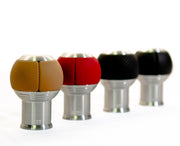
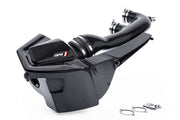

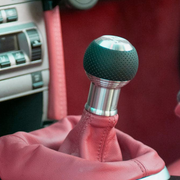
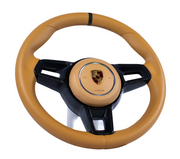

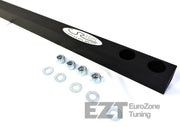

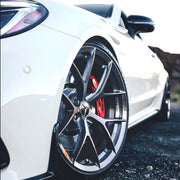
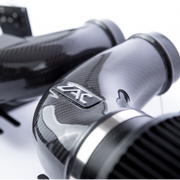

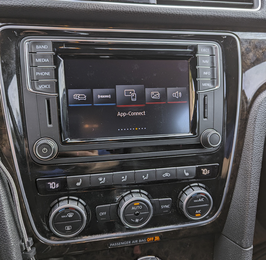
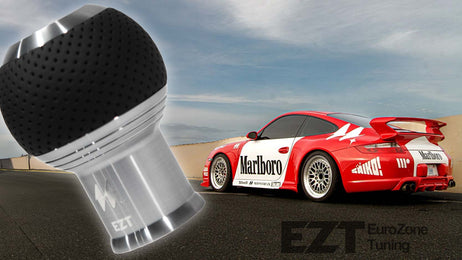
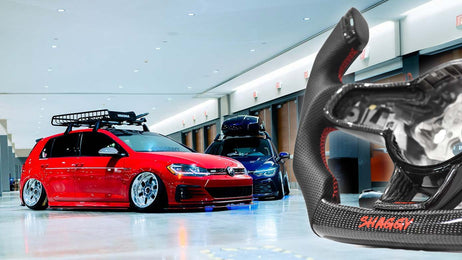


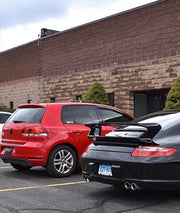
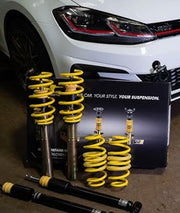
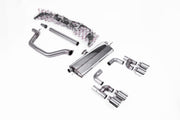



Leave a comment